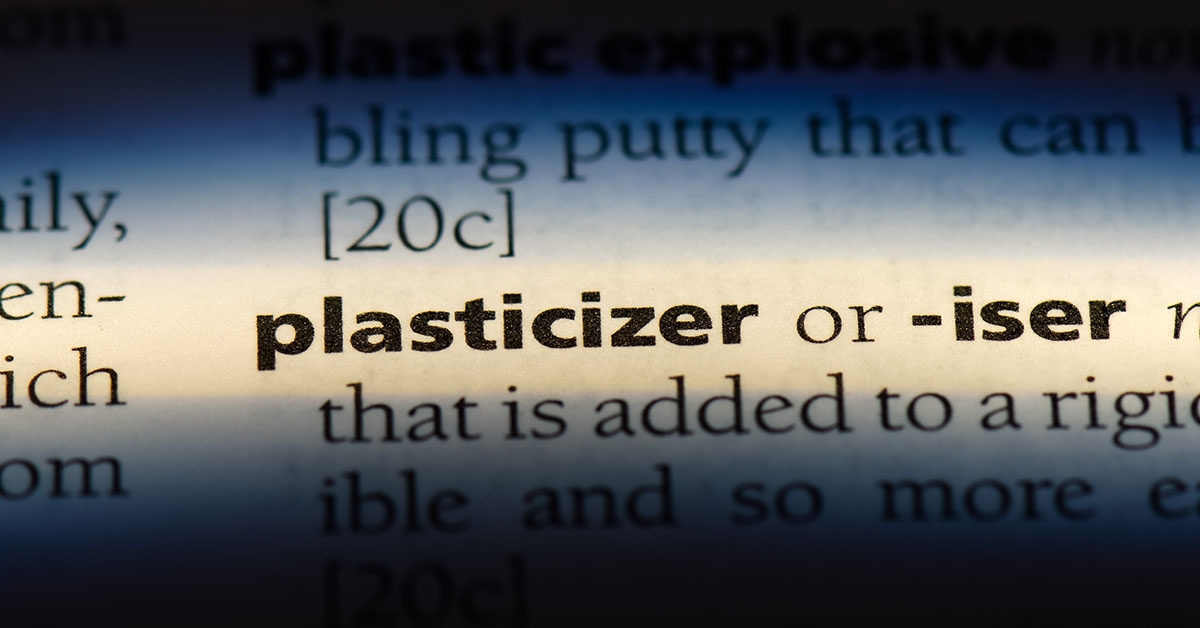2 min read
Supply for Plasticisers in Europe Remains Snug but There are Challenges Ahead
ResourceWise
:
Oct 19, 2020 12:00:00 AM

2020 has been a very challenging year for European plasticizer producers. Following a terrible second quarter, as consumption, particularly in automotive applications, collapsed in April and May, demand started to recover in June, supported by a stronger-than-expected performance in the construction industry and even from slowly recovering demand in automotive, with other sectors such as medical and food packaging continuing to perform at good level through the pandemic. However, the market took an unexpected turn in August. The European plasticizer supply has been tight in the last two/three months due to planned shutdowns, extended maintenance, production issues, and reduced availability for imports.
While supply issues have affected most commodity plasticizers, the background varies. For C9-C10 plasticizers, there have been several plants down for maintenance since August, including two major producers, Evonik and BASF, while Perstorp is also rumored to have operated at reduced rates, leading to DINP and DPHP, especially, to become tighter during this period, availability of the raw materials, INA and 2-PH has also tightened.
As far as DOTP is concerned, Grupa Azoty had planned maintenance for one month in August/September, but the main issue has been the reduction in the availability of imports. Given that imports of DOTP represent more than 60% of the total European market, declining imports significantly impact the overall availability of the products in the region. Exports of DOTP from South Korea to the EU have slumped 27%, year-on-year, in the first eight months of the year. This drop is, of course, attributable to lower regional demand this year. Still, the major reason has been reduced allocation for the European market, with suppliers favoring markets with better demand (and margins), with China recovering quicker and stronger than other regions. Exports out of Russia have also decreased over the last few months. Therefore, it may take longer for DOTP supply to recover, as this would also depend on developments in other regions.
In the meantime, demand has remained relatively healthy, and for the first time in a long time, demand had exceeded plasticizers supply, enabling producers to restore margins over raw materials, an improvement that was very much welcome by suppliers, as they had struggled with margin erosion well before the pandemic started.
With BASF and Evonik already running, supply should gradually improve, and the markets (especially for DINP) should be balanced. There could still be some lingering effects of the supply tightness going into November as inventories remain low after several months of disruptions.
On the other hand, demand is expected to weaken as consumers try to run down inventories ahead of the year-end. In addition, market players have been carefully watching developments in the PVC market as the ongoing shortages could eventually hinder plasticizer requirements, as flexible PVC production is constrained. However, this has had a limited impact on demand in Europe. However, the biggest concern by far is surging infection COVID cases and the expanding introduction of stricter lockdown measures in many countries in the region. These restrictions started at the local or regional level but are now being extended nationwide. Market players are fearing that even looser lockdowns (compared to those introduced during the first wave) could end up affecting manufacturing activity and thus plasticizers demand, which has only partly recovered some of the demand loss during the Spring, with uncertainty about how long these measures could be needed being the other factor affecting market sentiment.





